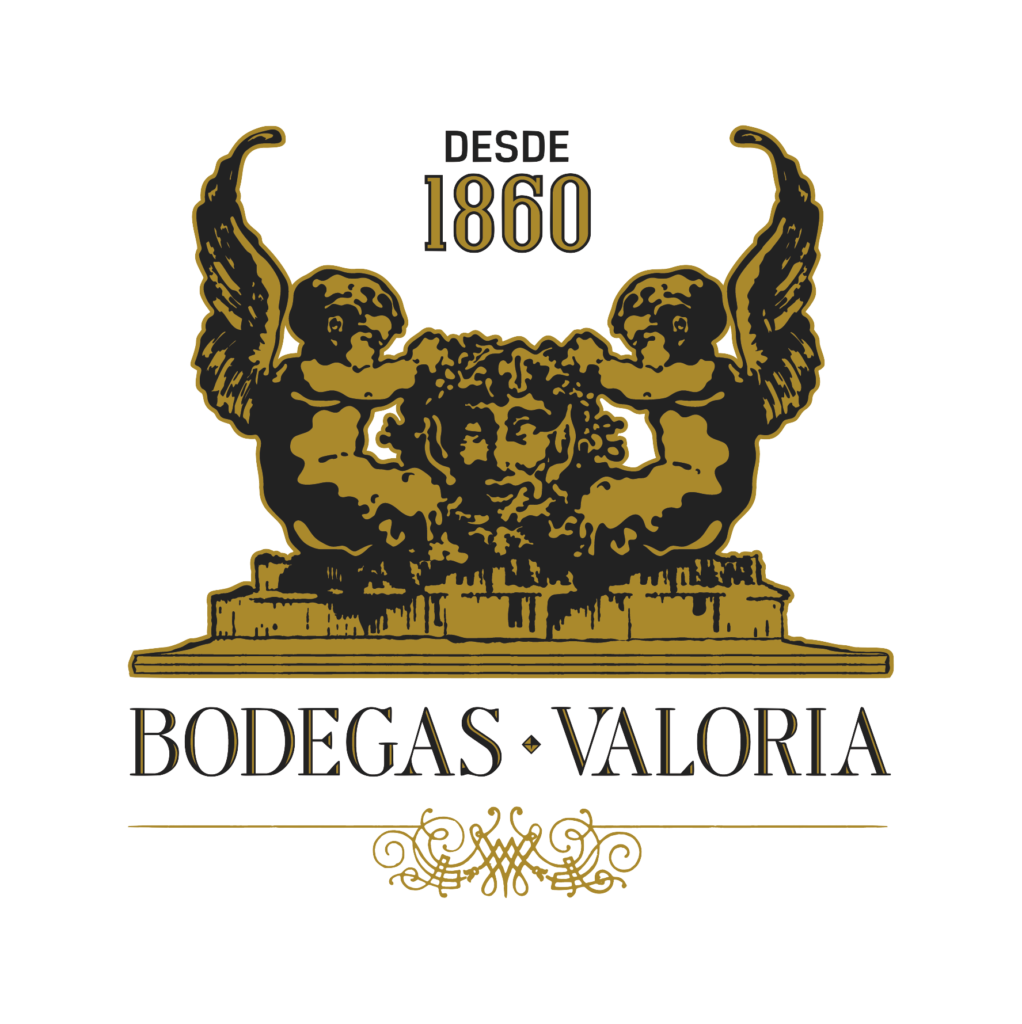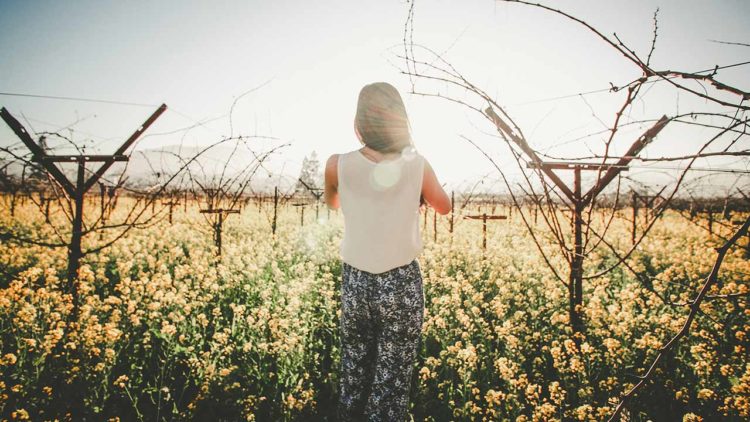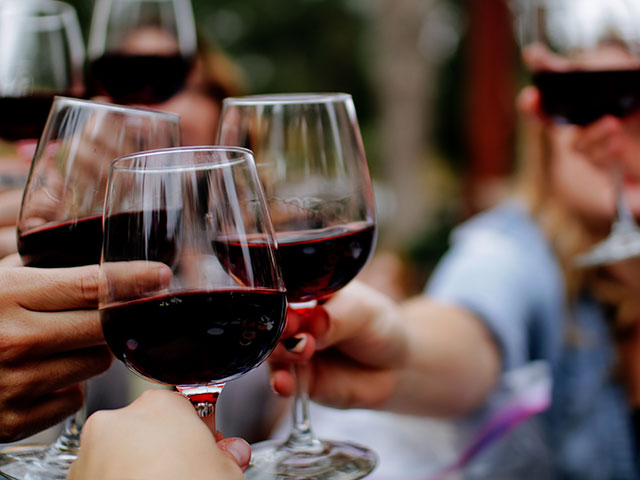Learn More About Rioja Wine from Spain
If you’re looking for a new wine to try, consider Rioja. It’s one of the best-known wine regions in Spain, and it produces some of the country’s best wines. For wine-lovers in the US, Rioja wine might not sound very familiar but it’s definitely an incredible wine to get to know.
But first, where is the Rioja?
The Rioja region is located in the north of Spain nestled between Castilla y León and Navarra. As one of the country’s most famous and well-known wine regions, the Rioja produces some of the best quality wine in all of Spain. The vineyards are tucked below the Cantabrian mountains and cover the Ebro valley and you can find local wineries throughout the region, some of which remain small, traditional cellars, or even major commercial producers.
Due to its location, the Rioja wine region has a perfect combination of Atlantic and Mediterranean climates, so, even though the region is known to have poor soil quality, the climate more than makes up for it. The area doesn’t get too much rain, it has a ton of sunlight throughout the year, and it has high-temperature variations from day to night. It may surprise you to hear that having a high-temperature variation is a positive note, actually, this is pretty important for the quality of the grapes since the cold temperatures at night are good for the health of the grape plus they help accumulate all of the grape’s compounds that were synthesized during the many hours of sunlight.
Wines from Rioja are known for their structure and tannins, similar to Cabernet Sauvignon, but they also have a fruity note. This makes them perfect for drinkers who love Cabernet but are also looking for the dominant cherry flavor that’s often present in wines made from Pinot Noir.
An ideal Rioja has a medium sweetness with medium tannins and a medium to high oakiness to it, combined with a low acidity to yield a smooth, flavourful wine.
However, there isn’t just one type of wine from Rioja, but four main varieties.
Generic or Young Wines from the Rioja are usually fresh and fruity that have been aged for less than two years. Also included in this category you can find other types of wines that don’t follow traditional aging specifications that have been established by the Rioja DOC (“Qualified Destination of Origin”) Board. Some of these strict specifications include the capacity of the oak barrels used for the aging process or the time that the wine spends in the barrels.
Read more about the aging process here: Spanish Wine Aging Requirements & Current Trends in Rioja
Next, we have the Crianza wines which have been aged for a minimum of one year in oak barrels and another year in the bottle before being released to the consumers. Plus you can also find white wines from the Rioja region! For white Crianzas the aging time in the barrels is only six months.
The Reserva wines have a similar aging process to the Crianzas, spending one year in oak barrels, but they stay in the bottle for two years before being released to the market. For white and rosé Reserva wines, they are aged for a total of 2 years but this process is opposite to what we have seen previously. First, they start off in the bottle for a year and a half, and then the last six months of the process they are in the barrels.
Finally, we have the Gran Reservas which have gone through an aging process of at least five years total. These delicious wines spend a minimum of two years in oak barrels and three years in the bottle. Similar to the other wines, we also have white wines that are Gran Reservas which start off spending three and a half years in the bottle and the last 6 months in the barrel, just like the white and rosé Reservas.
Overall, Generic Rioja is typically best drunk within two years of release and is a nice “everyday” wine to accompany your lunch or dinner. Crianza is also meant for casual drinking, but it’s a step above what you might normally have on a daily basis which makes it a great choice to enjoy a glass on the porch after a busy day. Reserva and Gran Reserva are the only truly age-worthy classifications, so if you open a bottle, be sure to savor it!
Find out more about the different types of Rioja wine in our blog: Learn About Rioja Wine: Grapes, Characteristics, and Styles
Now, let’s talk about the grapes!
The most well-known grape from the Rioja region is the Tempranillo grape. It is grown in more than 75% of the vineyards in the region and prospers thanks to the perfect conditions of the area such as the altitude and shifting temperatures as we saw earlier. The name comes from the word “temprano” in Spanish which means “early” because the grape becomes ripe very early in the season in comparison to other grapes. The Tempranillo grape produces red and white wine that has a good balance of alcohol, color, and acidity characterized by a fruity velvety texture.
The Garnacha grape is the most extensively grown variety in the world but is commonly known as the Grenache in other places even though it is native to Spain. It is the third-most planted grape in Spain and the second-most planted grape in the world. Garnacha wines vary depending on the temperature during the growing stage and the production process. Grapes from warmer areas produce a more rugged grape and on the other hand, cool areas produce more complex and well-balanced wines like their rosés.
In the Rioja region, you can find more than 600 rioja red wines that are spread out across three subzones: Rioja Alta, Alavesa, Baja. There is a total of over 140,000 acres of cultivated land covered in the endless rows of grape-covered vines which yield more than 250 million liters of wine annually – that’s a lot of wine! Out of all the wine produced in the region, 85% of it is red. There’s no limit to the wine-tasting possibilities in the Rioja where you can find the best spanish red wines.
So, which rioja are you going to try first!?
Did you know?
Fun fact: did you know that the Rioja hosts an annual wine fight? They do! Every year thousands of tourists come together at the end of June for “La Batalla de Vino de Haro” (The Wine Battle of Haro). What do you think this entails? Well, as part of the festival, people climb a nearby mountain and throw red wine on each other, what else?



